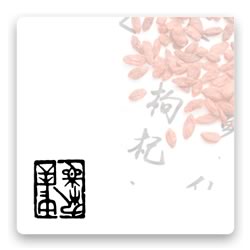We use cookies to make your experience better. To comply with the new e-Privacy directive, we need to ask for your consent to set the cookies. Learn more.
Anatomy of an 18th Century Materia Medica: The ‘Bǎizhǒng’ of Xú Dàchūn
Did you know?
For the cost of 5 articles (students) or 10 articles (practitioners) you can buy a year's access to the entire Journal of Chinese Medicine article archive.
The Shénnóng Běncǎojīng Bǎizhǒnglu (Records of a Hundred Items from the Divine Farmer’s Classic of Materia Medica), often later abbreviated to ‘Bǎizhǒng’, is among the shortest materia medica from the Qing dynasty, as well as one of the best known. Written by the famous Xú Dàchūn, it is notable for combining both the very old and the very new. While remaining faithful to the descriptions of herbs found in the very earliest běncǎo, it also attempts to explain their medicinal properties by examining the natural history of the herbs themselves, drawing analogies between features such as morphology, life-cycle, colour and so forth, and aspects of human anatomy and physiology. This is a characteristic of the later Qing dynasty běncǎo, which is not found in the earlier literature. It also contains much other commentary, often acerbic in nature, on topics familiar from the author’s other writings, such as the dangers of tonics, and the inadequacies of contemporary medical practice.
| Author | Tom Ehrman |
|---|---|
| JCM Issue | JCM137 |
* Orders shipped outside of Europe are eligible for VAT relief and will not be charged VAT.

